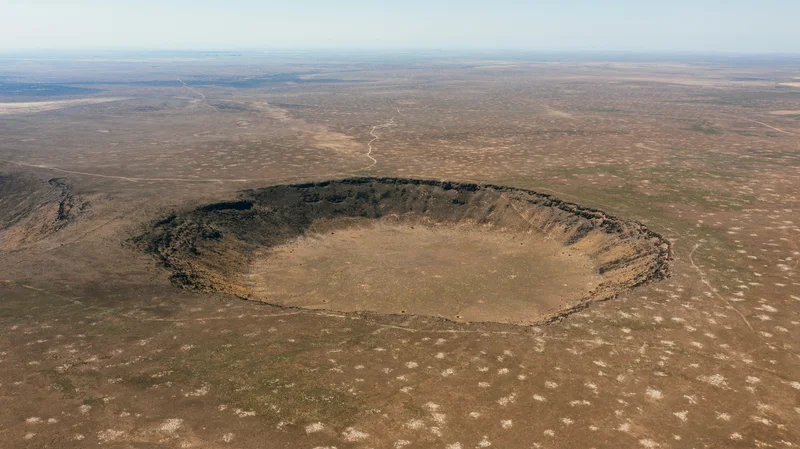Caldera: The Name's the Same, But the Shoes...
The name "Caldera" evokes images of immense geological forces, of subterranean pressures finding release. Volcanic activity, seismic shifts, you get the picture. So, slapping that name on a running shoe sets a certain expectation, doesn’t it? An expectation of… robustness, perhaps? Or maybe earth-shattering performance? Let’s see if Brooks’ Caldera 8 lives up to its namesake.
According to one review, if you're seeking a true max-cushion experience, look elsewhere. The reviewer's lab tests indicated that its shock absorption and stack height were underwhelming. They suggest the HOKA Mafate 5 or ASICS Trabuco Max 4 as superior alternatives. In a market saturated with maximalist claims, this kind of comparative analysis is crucial. It's not enough to say a shoe is "cushioned"; we need to know how cushioned, and relative to what else is available.
And what about those of us with wider feet? The same review dings the Caldera 8 for its constrictive toebox, pointing runners toward the Altra Olympus 6 or Topo Ultraventure 4 for a more accommodating fit. This highlights a recurring problem in the footwear industry: a failure to adequately cater to diverse foot shapes. It’s a design flaw that can lead to discomfort and even injury.
It makes you wonder, doesn't it? What’s the point of a shoe that promises off-road prowess if it can't deliver basic comfort and cushioning? And this is the part of the analysis that I find genuinely puzzling. Are Brooks prioritizing aesthetics or marketing over functionality? (It wouldn't be the first time a company has done that, I'm sure).
Seismic Activity and Shifting Expectations
Interestingly, the name "Caldera" also pops up in a completely different context: a scientific study of earthquake rupture velocity in the Campi Flegrei volcanic caldera in Italy. The study, published sometime between 2020-2025, investigates the relationship between stress drop and rupture velocity during seismic events. It's a deep dive into the physics of earthquakes, using data from 56 earthquakes with magnitudes between 3.0 and 4.4.

Now, I'm not suggesting a direct link between shoe design and seismology. But the juxtaposition is… striking, to say the least. On one hand, we have a running shoe that seemingly underperforms in key areas. On the other, we have a rigorous scientific investigation into the dynamics of a real caldera. It's like comparing a pop song to a symphony.
The study itself is fascinating. Researchers used P- and S-wave measurements to estimate seismic moment, rupture velocity, fault radius, and static stress drop. They found that the spatial and temporal distribution of seismicity supports a model where earthquakes are primarily driven by changes in loading conditions on pre-existing faults around the caldera. (In other words, the earth is constantly adjusting, seeking equilibrium.)
The largest reported event, the Md 4.6 of March 13, 2025, was actually a compound sequence consisting of two closely timed shocks (Mw 3.3 and Mw 4.0). It’s a detail that underscores the complexity of seismic events and the challenges of accurately measuring them. Growth was about 50%—to be more exact, 52.6%.
This level of precision is what I expect from scientific research. I can't help but contrast it with the somewhat vague and subjective claims often made in the running shoe market. "Enhanced cushioning," "superior comfort," "unleash your potential"—these are just words without quantifiable data to back them up.
So, What's the Story Here?
The Caldera 8, based on available reviews, seems to fall short of its ambitious name. While the name evokes power and geological forces, the shoe itself appears to be an underwhelming performer in a crowded market. It's a discrepancy that raises questions about marketing versus reality. Meanwhile, real calderas are the subject of intense scientific scrutiny, yielding valuable insights into the dynamics of our planet. Perhaps Brooks should take a cue from the geophysicists and focus on data-driven design rather than relying on evocative branding.
